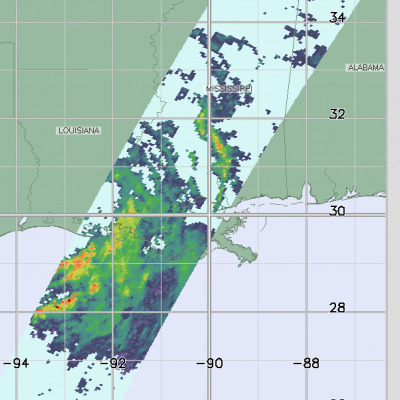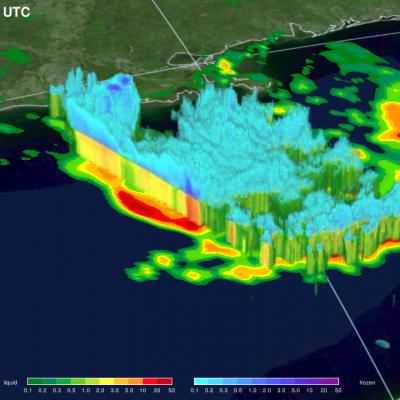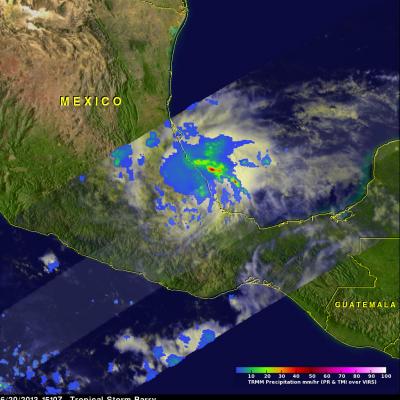Hurricane Barry Makes Landfall in Louisiana
UPDATE 7/17/19: This GPM IMERG animation shows rainfall accumulations from #HurricaneBarry in the Gulf of Mexico from July 11-16, 2019. Learn more: https://t.co/1QjFLDbD0k pic.twitter.com/CC7J0AsSTW — NASA Precipitation (@NASARain) July 17, 2019 This 6-day animation shows the heavy precipitation that Hurricane Barry (2019) producing from July 11 to 16 in the Gulf of Mexico and the South Central U.S. While forecasters were initially concerned that the largest accumulations would extend far over land, this animation shows that the largest accumulations remained mostly off shore. The




